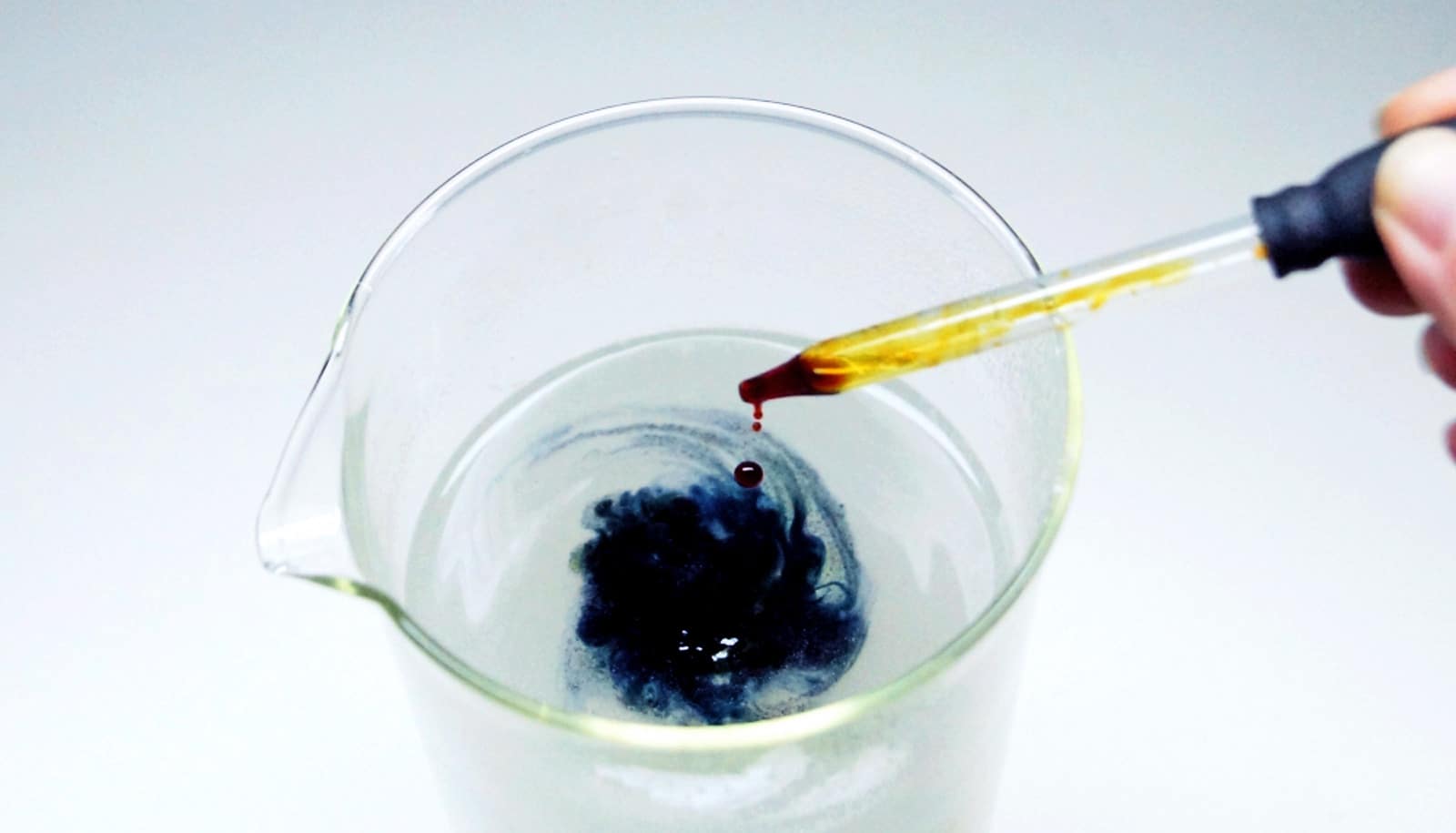

#Iodine starbound skin
Once you have chosen your thing, peel off their skin and get ready for the test. You can take different fruits or in vegetables, Potato could be a great agent. Take two fruits or vegetables because to start you will need to peel off their skin.Now whether your sample is liquid or a solid, you can go for either of the test procedures. Now to make it easier for you, I am going to perform the tests in two different headings presenting for both solid and liquid. These conditions are whether sample used in the test is solid or a liquid. Note: Before going down to perform the procedure for this test, you need to know that it depends on certain conditions. The sole reagent required for the test is basic iodine arrangement (0.1 M potassium tri-iodide arrangement). These expansions of the Starch Iodine test yield subjective results. If you think about science too, you ought to focus guideline of the test, as it clarifies how starch goes about as a marker for Redox Titrations or in the ‘Iodine Clock Reaction’. You will be trying for the presence of this unpredictable starch or in leaves as a major aspect of a photosynthesis experiment being a Biology student. Near the end-point, the starch is included, and the titration procedure is continued considering the measure of thiosulfate included before including the starch. This is because of the insolubility of the starch-iodine complex which might keep a percentage of the iodine reacting with the titrant. Between iodine titrations, concentrated iodine arrangements must be reacted with some titrant, frequently thiosulfate, to uproot the greater part of the iodine before the starch is included. The shading affectability reduces with expanding temperature (ten times less delicate at 50 ☌), and upon the expansion of natural solvents, for example, ethanol. The shade of the starch complex is deep to the point, that it can be recognized outwardly when the grouping of the iodine is as low as 0.00002 M at 20 ☌. Starch shapes an extremely dull blue-dark complex with tri-iodide which can be made by blending iodine with iodide (regularly from potassium iodide). Starch is frequently utilized as a part of science as a pointer for redox titrations where tri-iodide is available. The test can’t be performed at low pH because of the hydrolysis of the starch under these conditions. Be that as it may, the force of the colors reduces with expanding temperature and with the presence of water-miscible natural solvents, for example, ethanol. The coloring can be differentiated outwardly with centralizations of iodine as low as 2×10-5 M at 20 ☌. At the point when treated with IKI solution, iodine broke up in a watery arrangement of potassium iodide the tri-iodide-anion edifices with starch, creating a serious blue/purple coloring.

The iodine test is utilized to test for the presence of starch. The test can be subjective or quantitative.

The Iodine Test for Starch is utilized to decide the presence of starch in natural materials.


 0 kommentar(er)
0 kommentar(er)
